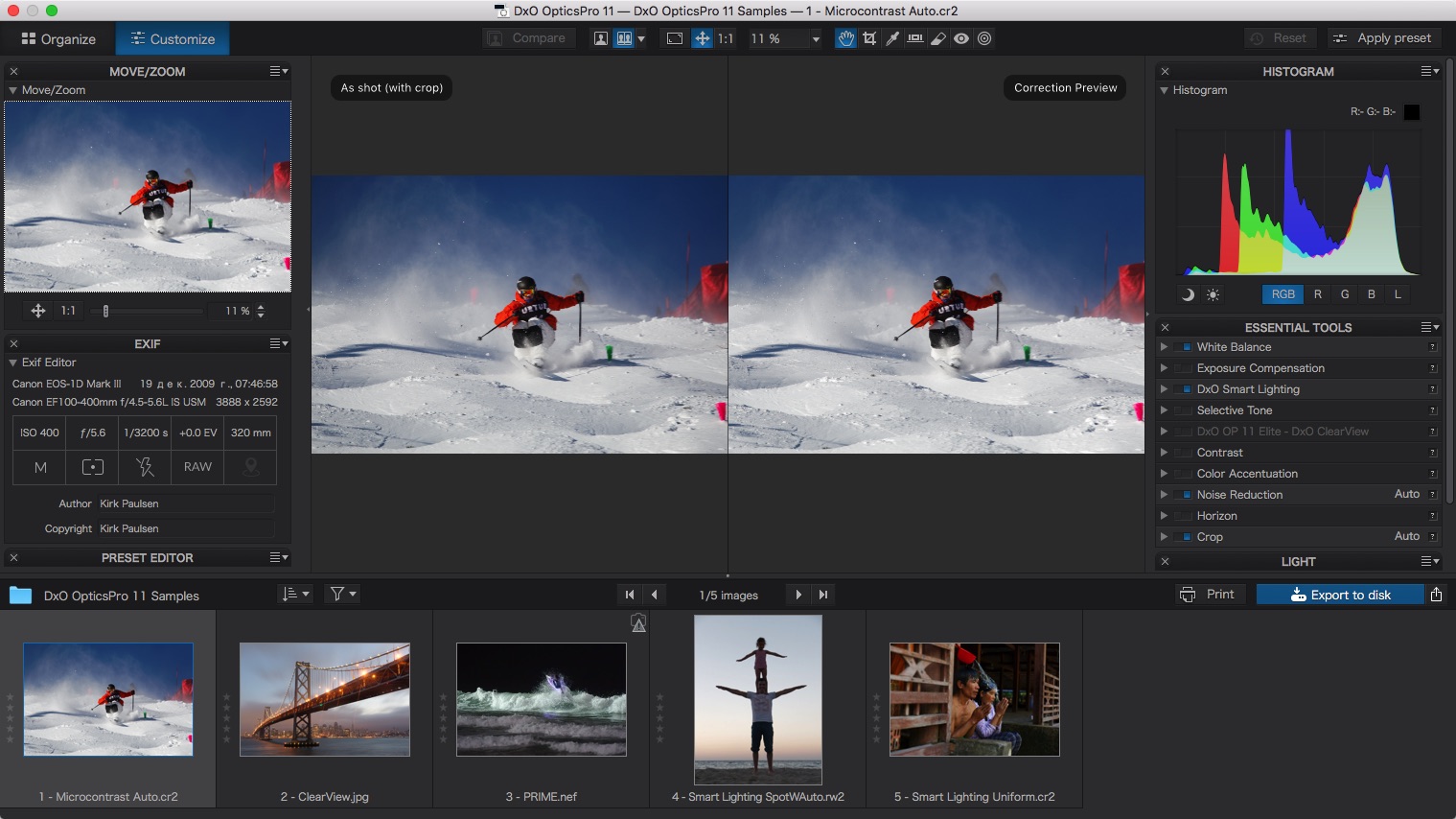
Dxo optics pro 10 download pro#
Or any other file from applications category.dxo optics pro build 69 elite macosposted in multimedia: dxo optics pro build 69 elite macos dxo optics pro build 69 elite macos.dxo opticspro.
Dxo optics pro 10 download full#
Looking for an image that would show how well noise reduction works isn’t as easy as it sounds.Demosaicing system to better deal with raw data.buy and download the dxo.bibble pro g portable.highest ranked gunsmithing site on the web.download dxo optics pro build 347 elite or any other file from applications category.dxo optics pro.includes: patch.bibble pro portable.mac version: build 65.may 25, 20dxo optics pro introduces prime, a revolutionary noise reduction technology whose spectacular performance produces detailed and is full offline installer standalone setup of dxo optics pro crack for macos.dxo optics the best from your photos thanks to dxo.free download dxo optics pro build multi award winning program designed for professionals to automatically enhance image quality, wit.found 2 results for dxo optics pro build elite.dxo opticspro is an image quality enhancement software with a demosaicing system to better deal with raw data. It only works with RAW files, so if you’re a JPG shooter you won’t benefit from this feature. So, it’s still significantly longer, but the results can be amazing. Saving an image as JPG took 1 minute 12 seconds on my current Retina MacBook Pro while the standard options took 1 second. PRIME noise reduction is claimed to be up to 4 times faster than previously. I can edit JPG images from the Fuji, but this isn’t part of my normal workflow.

Since moving to a Fuji X-T1 as my primary camera, I’m limited to using my older Nikon and Canon files with DxO Optics. Sadly for me, DxO doesn’t support the Fuji X-Trans sensor. If you try to work with an image that you don’t have the modules installed for, DxO will prompt you to download the needed files. The list of supported cameras and lenses is impressive, and DxO issues frequent updates with new camera and lens options. Now with version 10, you can work with DNG files, making the highest quality available for editing (the RAW file must be supported for DNG editing to work). However, DxO has made it as seamless as possible to work with Lightroom - direct import and export to Lightroom are supported, so there are no additional steps required other than choosing Edit in DxO and then returning those adjusted files back to your Lightroom catalog. To be honest, if I can accomplish my editing needs without leaving Lightroom, that’s my first choice. What I don’t see it as is a image organization tool. I look at DxO as a raw converter with some unique features that can make the difference between a great image and one that either ends up in the trash or takes more time to edit than I want to invest but has promise. Both versions include DxO smart lighting, optical corrections from over 20,000 lens and camera configurations, and the essential editing tools. Along with their PRIME denoising and ClearView, you get a moire reduction tool, ICC color management, the ability to create presets, customize palattes, and select multiple types of output. The Elite version, which I looked at is where all the great stuff is found. One of the nicer changes is the ability to work with the white balance and dust removal tools in full screen mode.ĭxO 10 is available in two versions - Essential, at $129, and Elite at $199. And, while there is not a long list of new features in version 10, there are some welcome improvements to speed, camera and lens support, and a very nice addition by way of ClearView which removes atmospheric haze, and a increase in quality to their noise reduction, which was already one of the best available.

There are some minor tweaks that feel intuitive, but most of the tools you’ve used work like they did before. Thankfully, DxO has stayed on track with their interface - a good choice as it’s an easy program to navigate through compared to some of the competition. If you’ve been using previous versions, a consistent look and feel is important - after all, you don’t want to throw away the investment in time you have to relearn an application. By the time an application gets to version 10, you stop expecting major new features and changes.


 0 kommentar(er)
0 kommentar(er)
